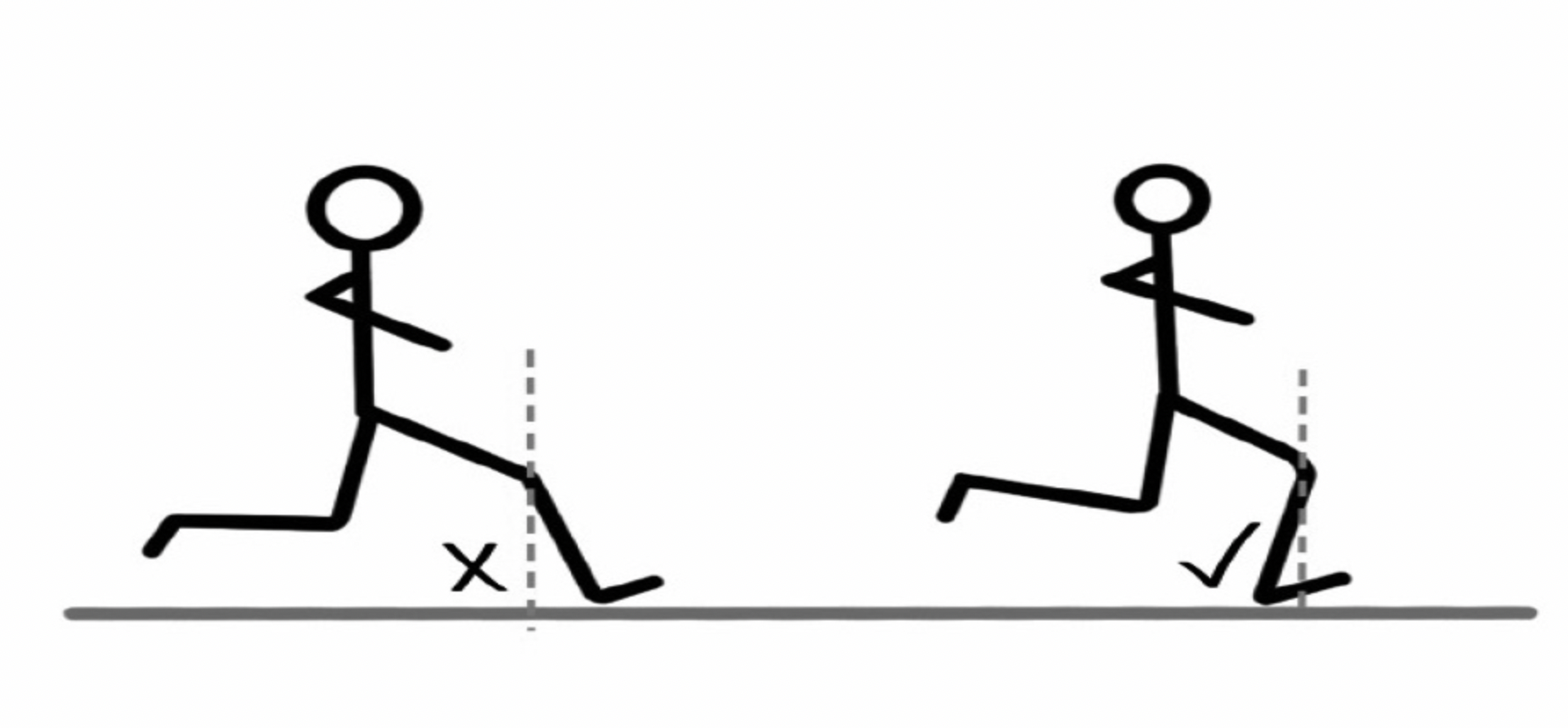Getting Back on Track After Running Injuries
How common are running injuries?
Most runners in any given year will report an injury. Lower leg running-related injuries range from 20-80%. The most common ones are:
Patellofemoral pain
Achilles tendinopathy
Medial tibial stress syndrome (shin splints)
Plantar fasciitis
Iliotibial band syndrome
Stress fractures (tibia and metatarsal bones in the foot)
Hamstrings and calf injuries, which are more common in male runners, whereas hip concerns in female
Why is it important to manage your injury as soon as it arises?
Most of the injuries listed above have high recurrence rates. Based on our clinical experiences, most runners primarily run without proper training. In saying this, there has been recent change whereby runners have increased body awareness and understand the significance of injury prevention.
High performance athletes invest their time outside their sporting routine to undertake relevant strengthening, endurance and conditioning activities to address muscle imbalances as well as avoiding injuries
A simple example to illustrate this is when a runner does not have optimal hip stability when running. This results in unnecessary overloads on the knee and the muscles more fatigued the longer you run. With these poor biomechanics, overt time the tissues will be under excessive stress that eventuate in an injury.
Pro tips from Running Physio in Livewell Health Melbourne
Build good neuromuscular control — It is your brain’s ability in recruiting the right muscles more effectively to avoid instability
Undertake relevant strengthening activities, such as those that involve your hip, trunk, lower legs and core — This is to condition your body so it is able to cope with large forces when running
Allocate time for adequate warm-up and recovery — You need to prepare your body to run and allow time for your body to recover. Remember, you train to run NOT run to train
Optimise your foot placement — In order to run at your best and stay injury free, it is recommended that a runner’s foot make contact at the mid-foot or forefoot
Avoid over-striding — Where does your foot lands in relative to your knee? When a runner over-strides, the point of foot impact will be in the front of the knee
Count your cadence — Running with a cadence (stepping rate) of 90 single steps/minute on each leg is the best way to achieve optimal foot placement, ie. on mid-foot or forefoot with no over-striding
Transform The Way You Run with a Running Analysis
With experienced Melbourne running physio at Livewell Health, you will gain a much deeper understanding of your running style. Whether you are a casual jogger or high performing athlete, a thorough running assessment is crucial to make sure you are on track for as long as possible.
Initial Running Assessment includes:
Detailed assessment of your running on the treadmill in real time and slow motion
Comprehensive biomechanical assessment of your strength and mobility
Soft tissue check and palpation
A discussion about your pain, concerns and desires
A personalised treatment plan to achieve more strength, effective running technique and avoid injuries
Your running physio will give you direct coaching on the treadmill with modified technique, so you are able to see the difference on the spot and improve your running the quickest way possible.






